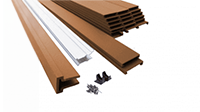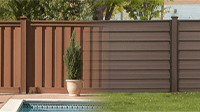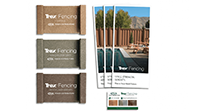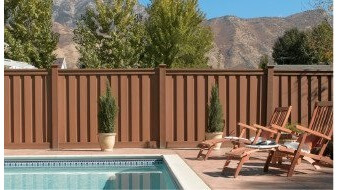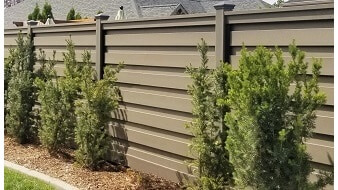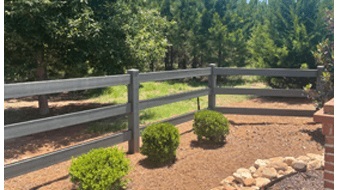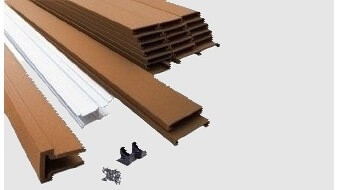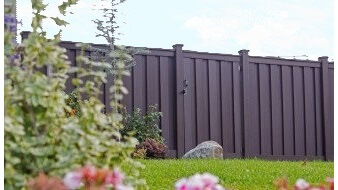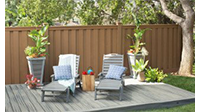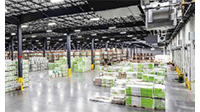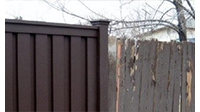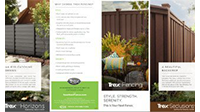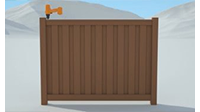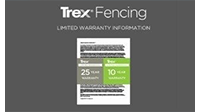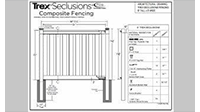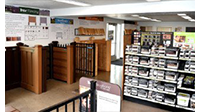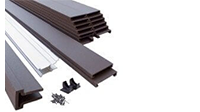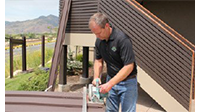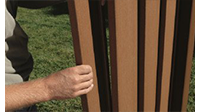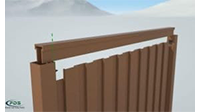Composite Fencing: What is it?
Composite Fencing is a category of fencing that is manufactured by combining two or more distinct materials. A composite fence from Trex Company takes advantage of the benefits of the specific raw materials to create a fence that is distinctly durable and attractive looking.
In the past, the vast majority of fences were built with wood and metal but the choices have broadened over the last two decades. Composite fencing from Trex is considered a latest-generation material because it was developed to take advantage of the input resources through sustainable recuperation of waste products and through green manufacturing. A Trex composite fence also stands out from other products because of its unique design.
Want to know more about Trex composite fencing? Keep on reading to learn about this unique product.
What is in Composite Fencing?
Trex composite fencing is made from discarded wood chips, sawdust, and recycled plastic; thus, it is a synthetic fence with natural attributes. Trex looks like wood fencing, but you don’t ever have to worry about painting, staining, and other maintenance requirements such as replacing rotting wood fencing members.
The density of the composite wood is comparable to natural wood but is robust enough to stand firm for years due to the thickness of the material. Moreover, it is more weather resistant than a wooden fence because of its high wind resistance attributes and resistance to degradation due to insects and microbial attacks.
So, why Trex specifically? Learn about why a Trex Composite Fencing is the best choice for your next fence.
How Much Does Composite Fencing Cost?
Composite fencing is typical more expensive than other types of privacy fences at the initial point of purchase but over time, it is the more affordable alternative given its significant reduction in maintenance relative to other products such as vinyl and wrought iron.
Get Trex Fencing pricing to learn more about what the Trex composite fence will cost.
What Are The Benefits Of Composite Fencing?
DURABILITY:
Composite fencing from Trex provides unmatchable strength and durability. A Trex composite fence will last 30+ years. It stands up to hurricane-force winds, the typical bumps and strikes from small objects that are likely to hit a fence over its life, and high heat/cold temperatures experienced throughout the nation.
LOW-MAINTENANCE:
One of the best advantages of composite fencing is that it needs little to no maintenance. The plastic constituent bonds with the wood particles in the material thereby eliminating the the problem of rotting associated with wood fencing.
Trex adds pigment during production to eliminate the costs associated with that painting or staining that is required for a wood fence. Additionally, besides standing up to the negative affects of weather, Trex is resistant to pests. Termites and other insects cannot consume the material. What about dirt? Trex can be cleaned easily with water from a hose and a soft bristle brush with soap.
AESTHETICS:
If you like the aesthetic appeal of a wood fence but don’t want the maintenance headaches, then a Trex composite fence is meant for you. It gives an equally pleasing natural look, similar to the appearance of stained finished wood. Trex has also designed component profiles that provide a distinct appearance to the fence. The extruded posts, rails, and pickets go together to create a fence unique to the industry, let alone the composite category.
ENVIRONMENTAL FRIENDLINESS:
Most composite fences are made from recycled materials. During manufacturing, wood sawdust from mills and cabinetry shops is mixed with resins, heated and and then shaped by pressing through dies during an extrusion process. The inorganic portion of the composite material comes from waste plastic film, such as grocery bags and furniture coverings.
Because the constituents of Trex composite fencing are recycled, there is no need to cut down trees to make the lumber. Additionally, Trex uses natural gas, energy-efficient equipment, and regional sourcing in its manufacturing, making it the most environmentally responsible composite fence on the market.
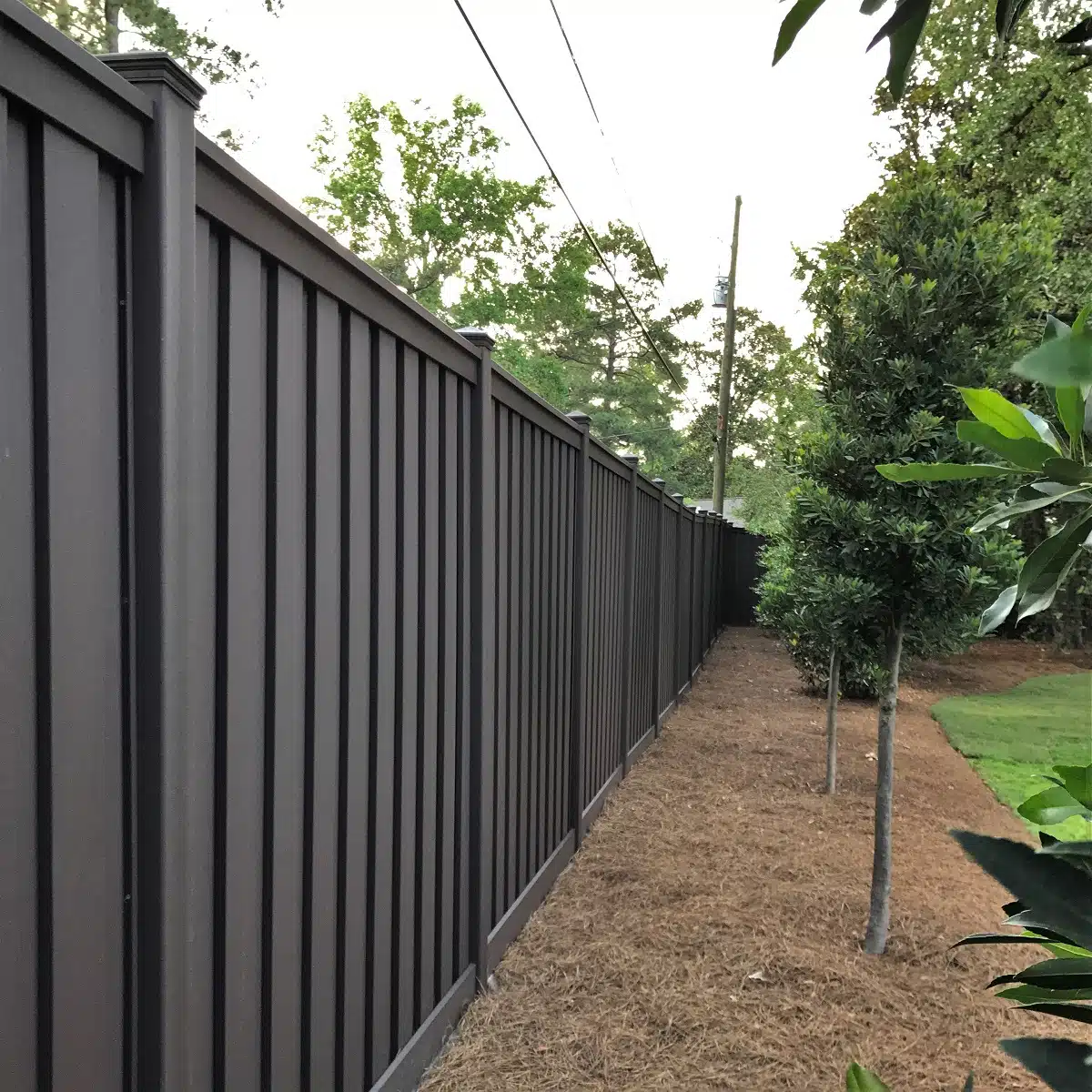
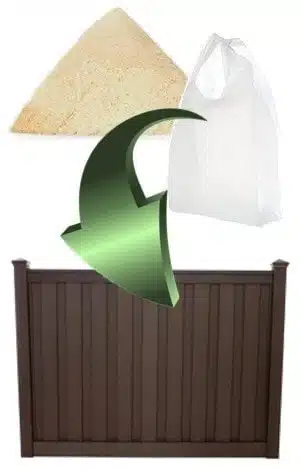
Composite Fencing materials are comprised of more than one material and take on the attributes of each element. In the case of Trex composite fencing, the thick material contains plastic to give it the low-maintenance longevity wood alone cannot, and it contains wood giving it the natural look that a fully plastic fence cannot. Together, the wood and plastic material in Trex create a winning combination.



